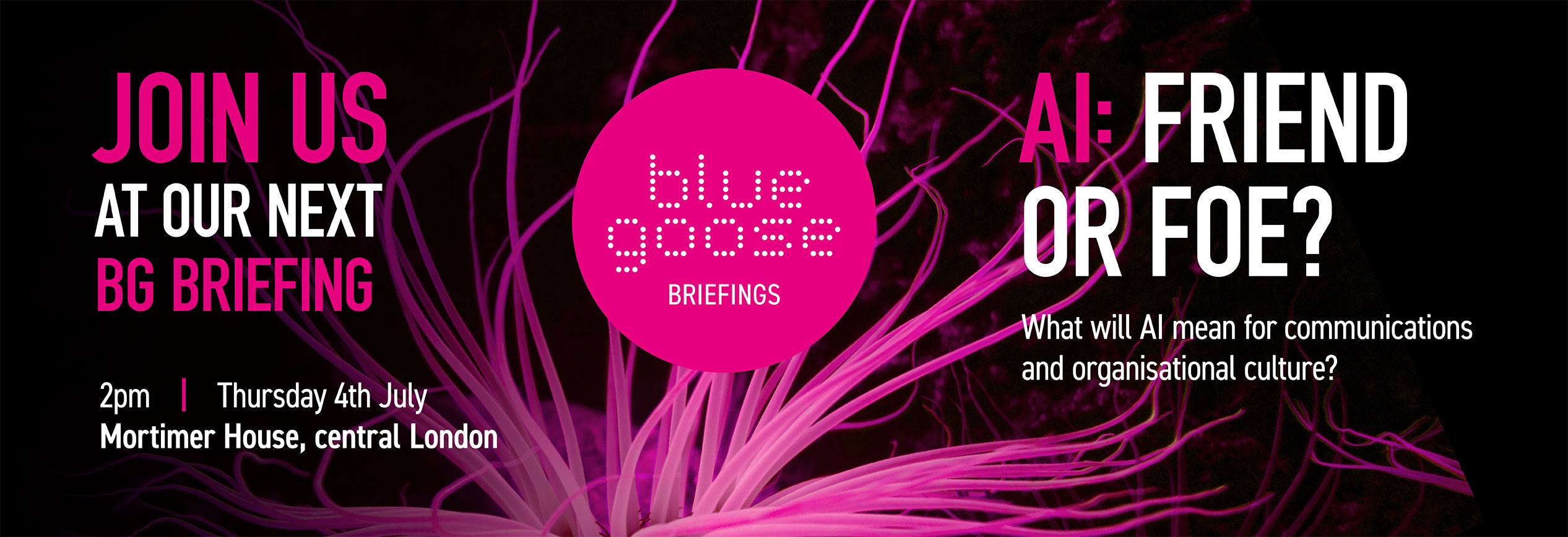No two change and transformation programmes are ever entirely alike, but every manager who’s spearheaded change inside a large organisation will recognise at least one constant: progress doesn’t falter because of processes, but because of people.
While methodologies and timelines matter, it’s the behaviour of employees – often subtle, sometimes loud – that can quietly derail even the best-planned initiatives. As change fatigue and rising scepticism persist, managers must look beyond surface support and address the five employee behaviours most likely to sabotage organisational change, if left unchecked.
First up, classic resistance.
It’s easy to imagine opposition as loud, but most resistance is silent or subtle: delays in delivering new tasks, skipped meetings, or refusals to adopt new platforms. Open resistance brings frustration, but at least it signals where support is lacking, giving managers a chance to engage or clarify.
Far more dangerous is hidden resistance – a smile in the team briefing followed by non-compliance or behind-the-scenes pushback. Employees may sabotage rollout efforts simply by reverting to old processes, quietly ignoring new instructions, or warning peers that “it’ll never work.” This passive resistance is widespread in organisations undergoing repeated waves of change, where trust in leadership intentions and project follow-through has been eroded by past failures.
Second, the behaviour of disengagement.
This is evident when employees, worn out by transformation cycles, simply check out. Engagement surveys can pick up the warning signs: reduced ideas-sharing, minimal extra effort, or a “just do enough” outlook. Employees who are disengaged tend to see change as yet another burden, rather than an opportunity. They may avoid offering feedback, do only what’s strictly required, and fail to champion the change with peers – all of which saps the initiative’s momentum and contributes to wider team reluctance.
Third, negative peer influence.
Every manager knows that loud detractors can sway a team, but there’s an underestimated power in the informal network. When influential employees signal doubt or cynicism about a change—often at the coffee machine or privately online – resistance multiplies rapidly. Social proof plays a significant role: if peers are seen to undermine new systems or voice scepticism about leadership’s objectives, others become more risk-averse too. This ripple effect can tip the balance, making resistance seem not only more acceptable, but “normal” within the culture.
Fourth, avoidance of responsibility.
This behaviour is subtle but pervasive: employees delay action on change-related tasks or shift accountability for decisions elsewhere. Instead of being proactive, they wait for others – usually their managers – to pick up the slack. This leads to bottlenecks, missed deadlines, and a gradual erosion of shared ownership. Team goals begin to disintegrate, and the overall pace of transformation slows as managers spend ever more time intervening and firefighting instead of enabling progress.
Finally, the behaviour of mistrust and information hoarding.
When employees do not trust the reasons behind change, or the leaders instigating it, they often withhold questions, concerns, or even data that could flag issues early. This reluctance masks risk, meaning honest conversations about what’s working (and what isn’t) are avoided until much later, often when it’s too late to make effective course corrections. Mistrust breeds rumour, reduces collaboration, and breaks down the communication channels essential for large-scale change. When mistrust is left unaddressed, even the most robust transformation plans can unravel.
Ben Watson, strategic director and co-owner of Blue Goose, says: ‘The bottom line for transformation leaders and HR teams is simple: focusing solely on strategy or technology will never be sufficient. Sustainable change demands a real understanding – and tackling – of these human behaviours.’
Knowing what quietly undermines success is the first step; the next is using clear, honest communication and empowering people at every level to talk about what they’re experiencing. Managers must act quickly to surface passive resistance, re-engage the disconnected, counteract negative influencers with visible champions, foster genuine ownership, and build trust through transparency.
The organisations that master change through 2025, 2026 and beyond will be those that start with the human factor, not just process.
Ignoring these five sabotaging behaviours is a luxury that managers can’t afford – because when it comes to organisational transformation, what goes unsaid is just as powerful as what’s shouted from the rooftops.
If you are looking for support with your change and transformation programmes then contact Blue Goose to discuss how we can help.
You can also read more about our change expertise and case studies here.




